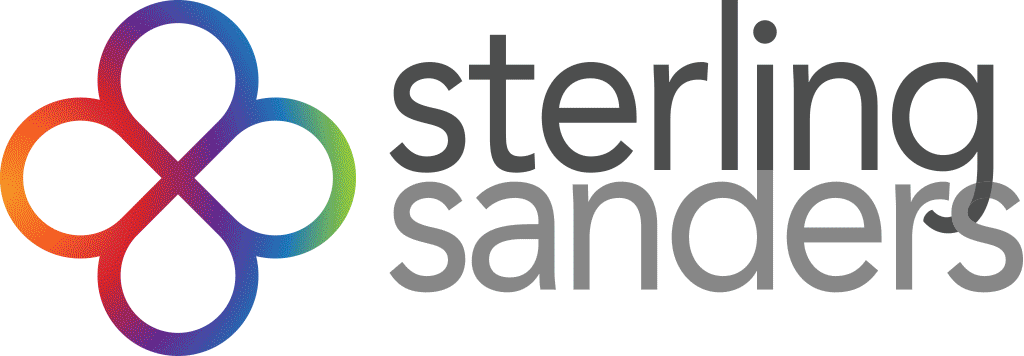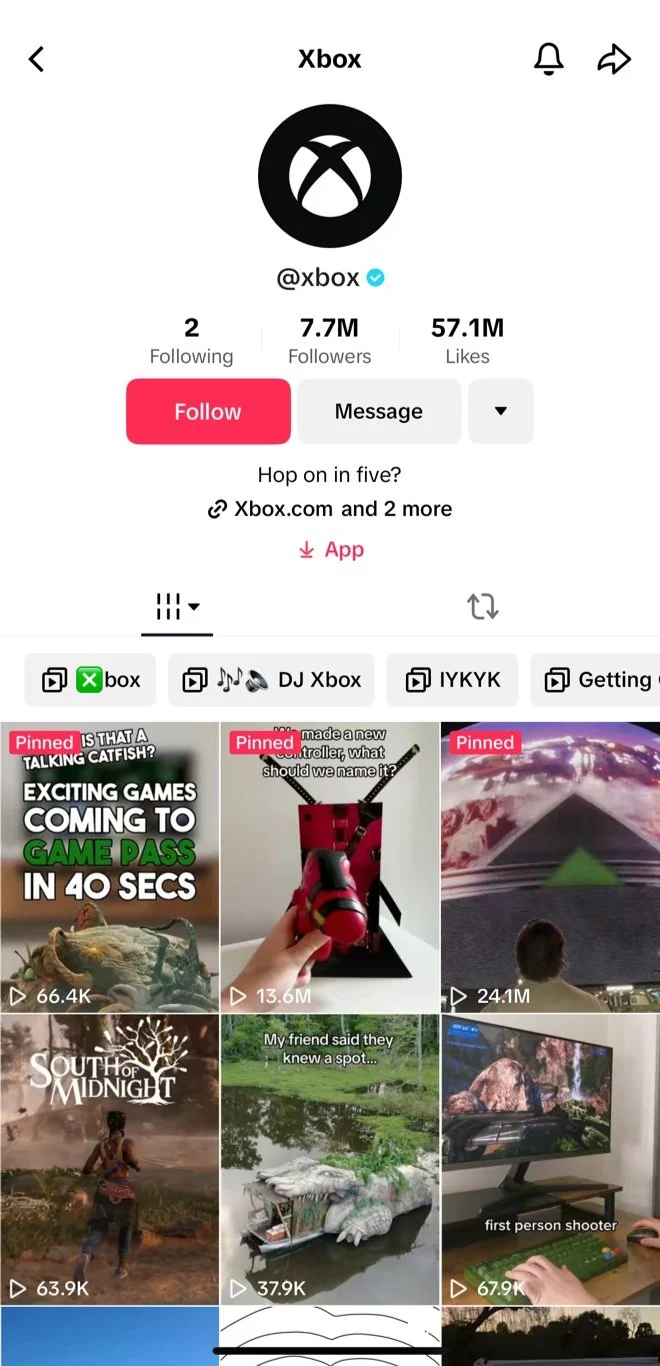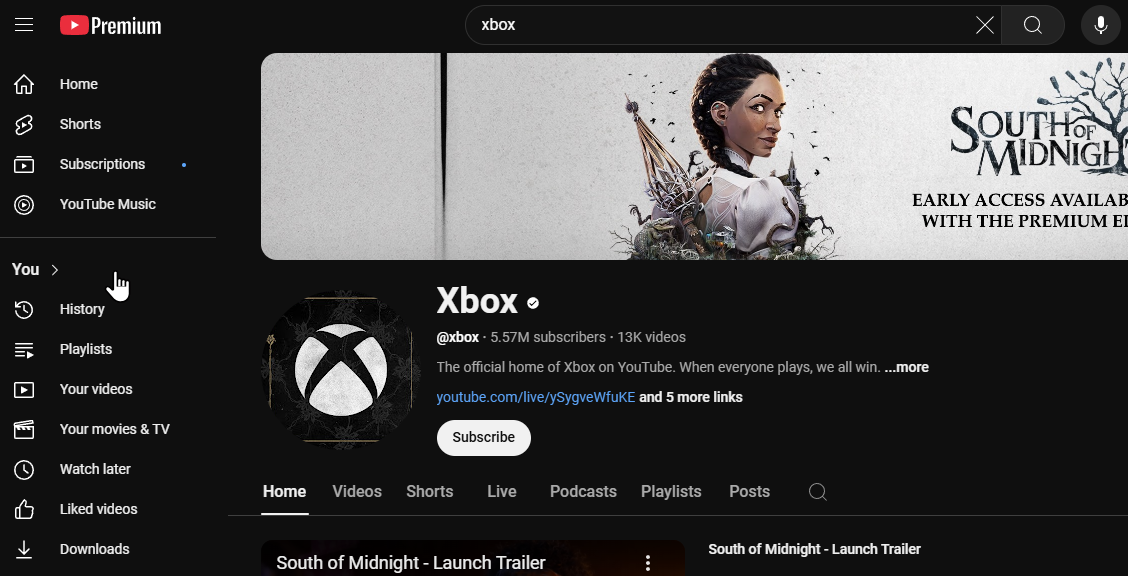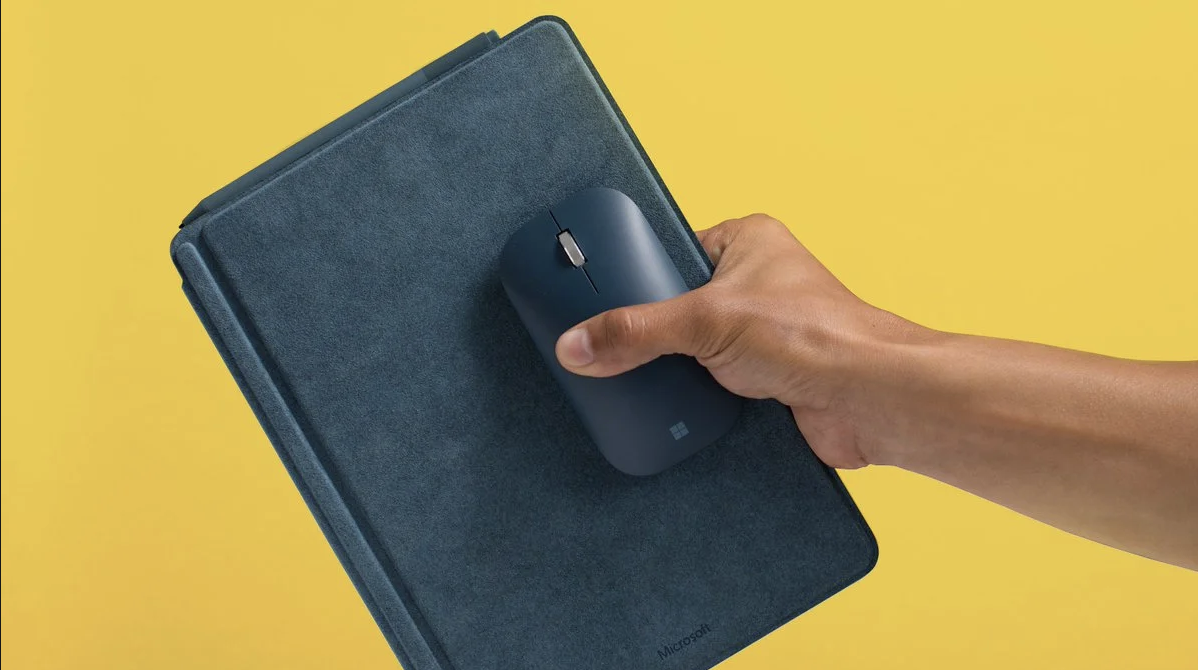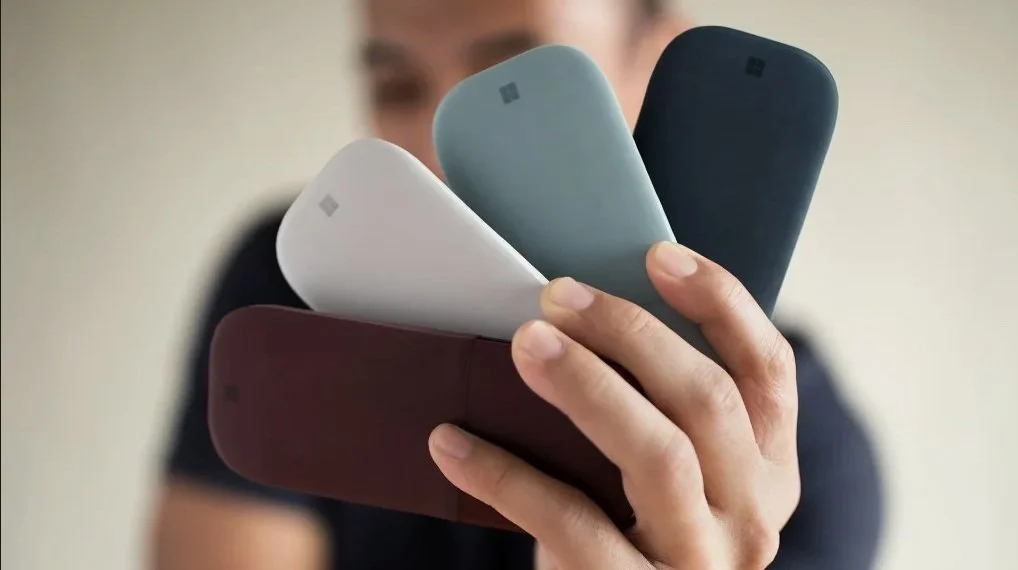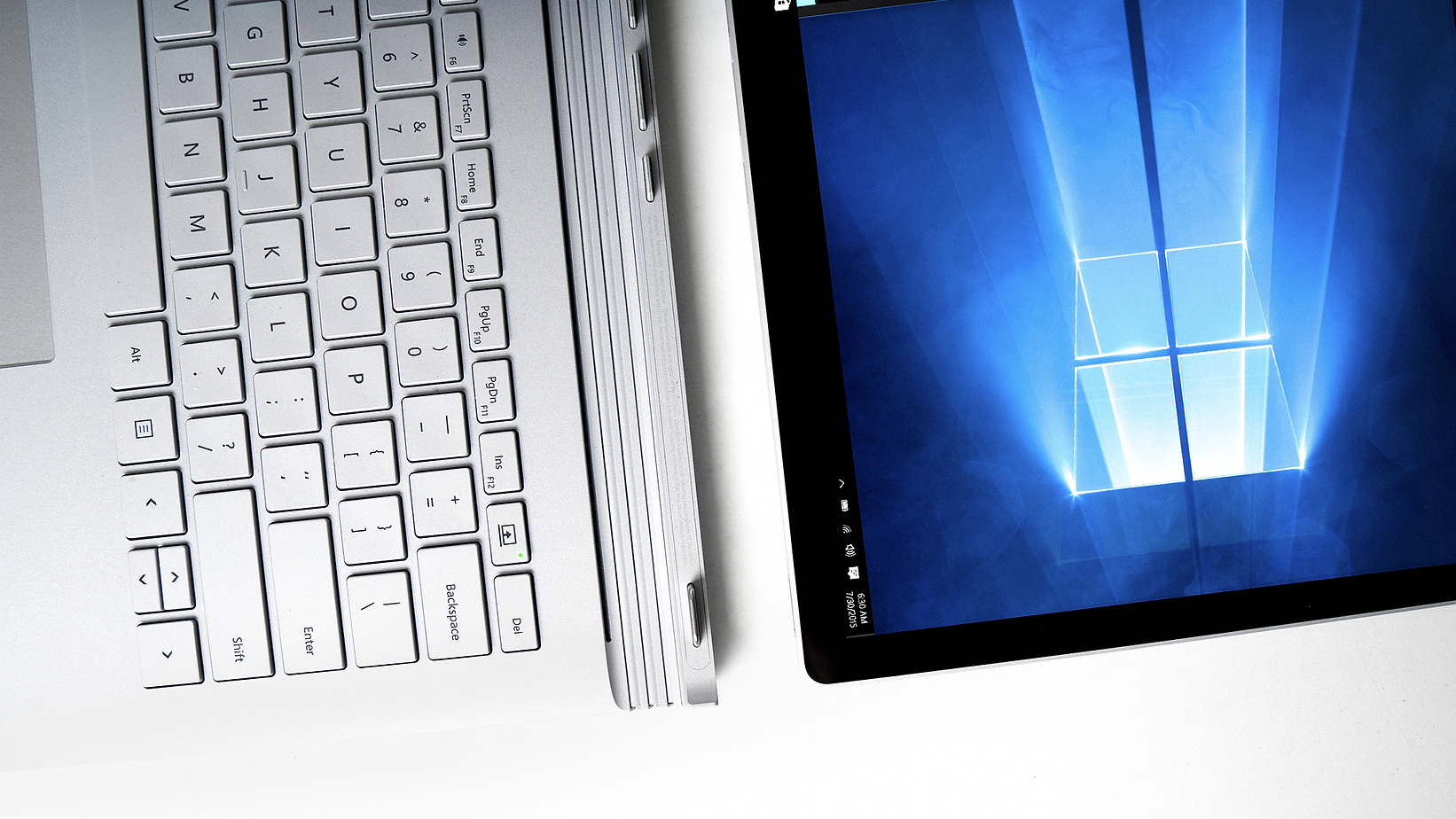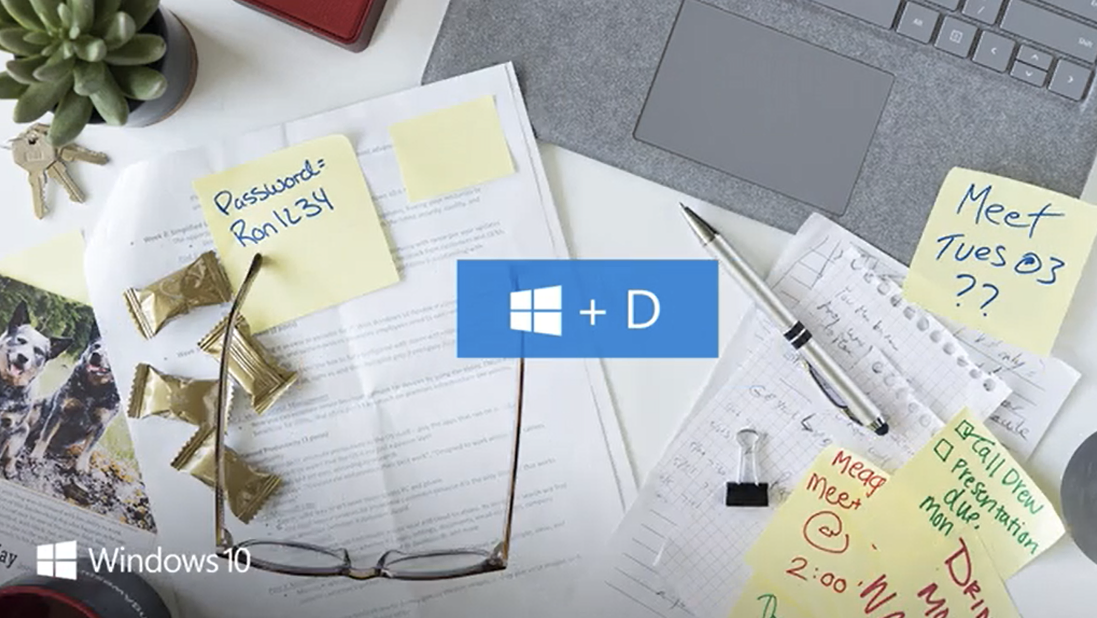Executive Creative Director
//Social Media // Creative //Strategy //Social listening //Community management //Modern care //Content //Paid media //Crisis management
microsoft // social
@Microsoft, @MicrosoftAzure, @Xbox, @Microsft365, @MicrosoftTeams
2019—2022
Channels: Facebook, Instagram, TikTok, Youtube, X (Twitter), Snapchat, Douyin, Kuaishou, Sina Weibo, QQ, Pinterest, and Reddit.
Business Units Serviced: Windows & Windows Live, Entertainment and Devices, Microsoft Business, Online Services, Server and Tools,
Responsibilities
Social
I led the Microsoft social media account to establish a unified social strategy and drive measurable impact. Transitioning from a fragmented, product-first approach that lacked clear ROI and stakeholder access, we implemented a centralized Social Center of Excellence. This new framework aligned strategy, streamlined management, and activated engagement across channels, delivering significant results: 180,000 average monthly referrals, 30% YoY follower growth, 250M average yearly impressions, and 8.4M annual engagements across all accounts.
Additionally, we introduced a dedicated 24/7 customer support channel for Azure, achieving a #1 cloud support ranking with a 3-minute average response time, resolving 55,000 cases annually, and effectively managing crises. This transformation not only enhanced brand cohesion but also elevated Microsoft’s social media to a business-critical function.
Live events
My team led Microsoft’s flagship events through the pandemic—including Inspire, Build, major product launches, and keynotes—delivering immersive, narrative-driven experiences that reached millions worldwide. As Executive Creative Director, I transformed complex technologies into accessible stories, introduced innovative broadcast formats, and set new standards for digital production, accessibility, and brand engagement.
context
Microsoft’s social media presence was initially fragmented and lacked a cohesive strategy, with disparate accounts managed independently by various teams and agencies. This decentralized approach led to inconsistent messaging, misaligned goals, and a diluted brand voice across platforms. Without a unified vision or content strategy, efforts were often reactive, missing opportunities to engage audiences meaningfully or deliver measurable business impact. Recognizing the need for transformation, Microsoft sought to streamline its operations, establish clear organizational structures, and implement a centralized content calendar to align social activities across its vast ecosystem. The goal was to create a unified, efficient social media strategy that drove consistency, engagement, and tangible results.
CHallenge
Microsoft’s social media approach was rooted in a product-first mentality, where individual products and teams operated independently, driving audience engagement and content creation organically. While this decentralized model allowed for some autonomy, it led to significant challenges:
Fragmented Brand Identity: The involvement of multiple agencies managing separate aspects of the social presence resulted in a disjointed brand narrative. Without centralized oversight, messaging was inconsistent, and the brand voice lacked cohesion, weakening Microsoft’s ability to present a unified identity to its global audience.
Unclear Business Value: The absence of a centralized strategy made it difficult to measure the impact of social media efforts on broader business objectives. There was no clear framework to evaluate return on investment (ROI), leaving social media perceived as a cost center rather than a value driver.
Stakeholder Frustration: The siloed structure created barriers for key internal stakeholders, who often felt excluded from the social media strategy and unable to influence or leverage these channels effectively. This lack of access compounded inefficiencies and strained relationships between teams.
Eroding Customer Sentiment: The absence of a dedicated social support strategy led to slow response times and inconsistent engagement with customer inquiries or issues. This lack of responsiveness fueled growing negative sentiment, diminishing customer trust and loyalty while exposing the brand to potential reputational risks.
These challenges underscored the urgent need for a centralized, strategic approach to unify Microsoft’s social media presence, streamline operations, and establish its platforms as a meaningful driver of business value and customer satisfaction.
Tiktok Accounts
Instagram Accounts
Youtube
Solution
To address these challenges, we established a Social Center of Excellence (CoE) for Microsoft—a transformative approach designed to centralize strategy, streamline operations, and empower distributed teams for meaningful engagement and activation. This initiative brought structure and clarity to Microsoft’s fragmented social media ecosystem, ensuring consistent messaging, measurable impact, and agile responsiveness across platforms.
At its core, the Social CoE centralized all aspects of social strategy and management. This included defining a unified brand voice, developing a comprehensive content calendar, and aligning social media goals with broader business objectives. By doing so, we ensured every social interaction reinforced Microsoft's brand identity while driving measurable outcomes like increased engagement, improved sentiment, and lead generation.
While strategy and oversight were centralized, execution was distributed to ensure each product, service, or region retained the ability to engage authentically with its specific audience. This model empowered product and regional teams to operate with clear guardrails, leveraging centrally developed best practices, templates, and tools to maintain consistency across channels.
A key element of the CoE was its focus on operational efficiency and scalability. A centralized content calendar unified campaigns across platforms, enabling synchronized launches and cohesive storytelling. Shared resources, like a global asset library, ensured that teams had access to high-quality, brand-compliant content.
In addition, we introduced robust analytics and reporting systems to measure performance and ROI. These insights allowed Microsoft to make data-driven decisions, optimize campaigns in real time, and demonstrate the tangible value of social media to stakeholders.
The CoE also emphasized audience engagement through the creation of a dedicated 24/7 support channel for Azure customers. This support framework allowed the social team to detect early signals, triage issues, and manage crises effectively, setting a new standard for customer care in the cloud computing industry.
By balancing centralized oversight with distributed activation, the Social Center of Excellence enabled Microsoft to deliver a cohesive brand experience, build stronger relationships with its audience, and position social media as a critical driver of business success.
microsoft live events
Transforming the Stage: Leading Microsoft’s Flagship Live Events
From 2019 to 2022, I led the creative and strategic direction of Microsoft’s flagship live events, including Microsoft Inspire, Build, global product launches, executive keynotes, and large-scale hybrid experiences. As Executive Creative Director, I oversaw end-to-end experience design—from narrative development and show flow to immersive environments, visual systems, and content integration. My team partnered closely with Microsoft stakeholders, engineers, and product leads to craft storytelling that simplified complex technology for audiences ranging from developers to enterprise leaders. These events reached millions globally, reinforced Microsoft’s leadership across cloud, AI, and developer ecosystems, and played a pivotal role in demand generation and partner engagement. Under my leadership, we introduced innovative broadcast formats, modular content strategies, and scalable digital environments that not only elevated brand perception but also set new internal benchmarks for production quality, accessibility, and inclusivity.
Pandemic force a change of execution, strategy and ingenuity.
When the pandemic reshaped the landscape of live events, we pivoted quickly to reimagine Microsoft’s global flagship experiences for an all-digital world. With no in-person audiences, we transformed productions like Microsoft Build and Inspire into dynamic, live-streamed broadcasts—complete with open chat, real-time audience interaction, and a new level of cinematic storytelling. We elevated the production value by introducing TV-quality cinematography, tighter scripting, and immersive environments that brought keynote content to life on screen. Orchestration became key: multiple time zones, speakers, and platforms were seamlessly choreographed to maintain momentum and polish. These shifts not only preserved the energy of live gatherings but expanded global access, resulting in record-breaking virtual attendance and deeper community engagement.
